Cracking Codes: 5 Ancient Languages Yet to Be Deciphered
Rosetta Stone
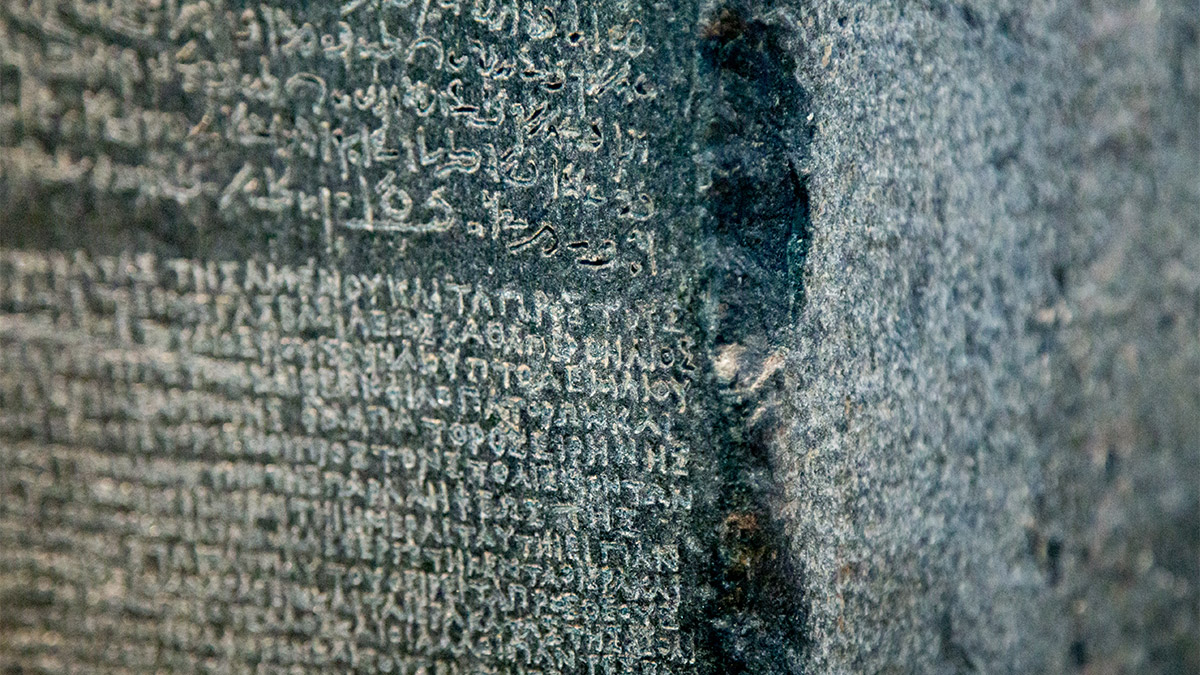
On July 19, 1799, the Rosetta Stone was discovered. The stone, which has the same ancient text written in both Egyptian and Greek, helped scholars decipher ancient Egyptian writing. Even so, there are still a number of ancient languages that await full decipherment. Live Science takes a look at five of these mysterious scripts.
Meroitic script
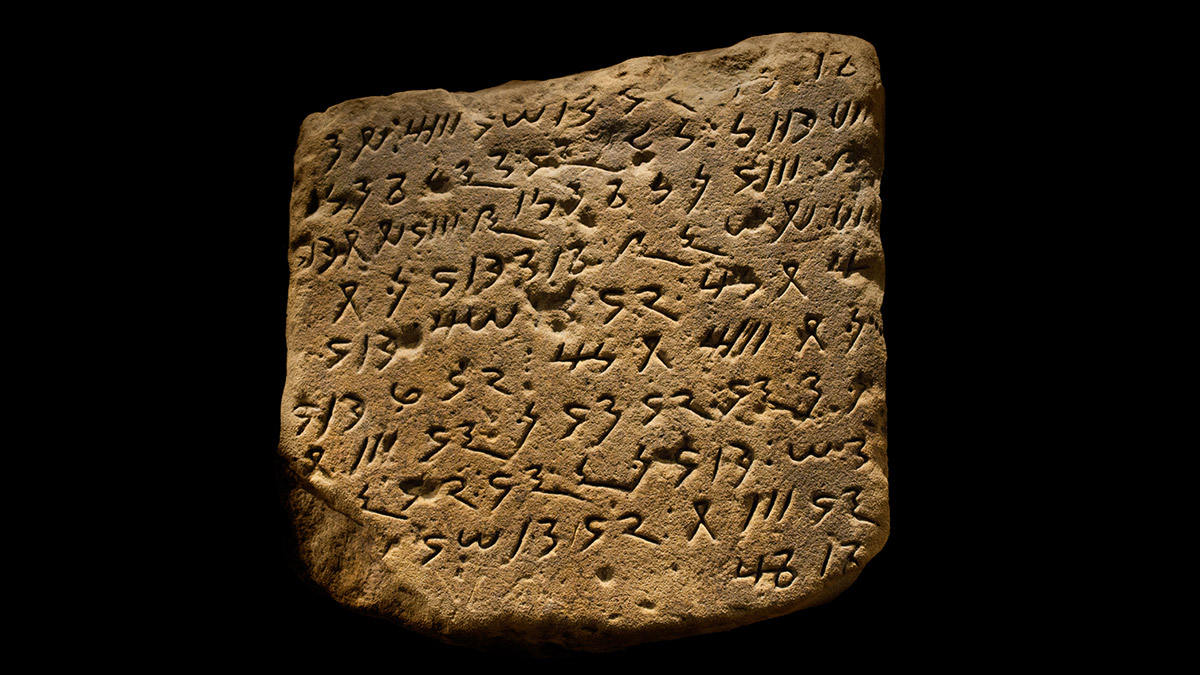
From 300 B.C. to A.D. 350, the Kingdom of Kush was based at the city of Meroe in Sudan and its people used a language called Meroitic to write texts, said Claude Rilly, Director of the French archaeological mission in Sedeinga, in an article published in 2016 in the UCLA Encyclopedia of Egyptology.
"Meroitic was written in two scripts, cursive and hieroglyphic, both derived from Egyptian scripts," Rilly wrote. "The scripts were deciphered in 1907-1911 by F. Ll. Griffith, but knowledge of the language itself still remains incomplete. Without understanding the language, scholars have a difficult time accurately translating the texts.
"However, the linguistic affiliation of Meroitic has been recently established: It belongs to the Northern East Sudanic branch of the Nilo-Saharan phylum [a group of languages that are related to each other]," wrote Rilly. "Further advances in understanding the Meroitic texts are expected from comparative linguistic research made [possible] by this discovery."
Indus Valley language
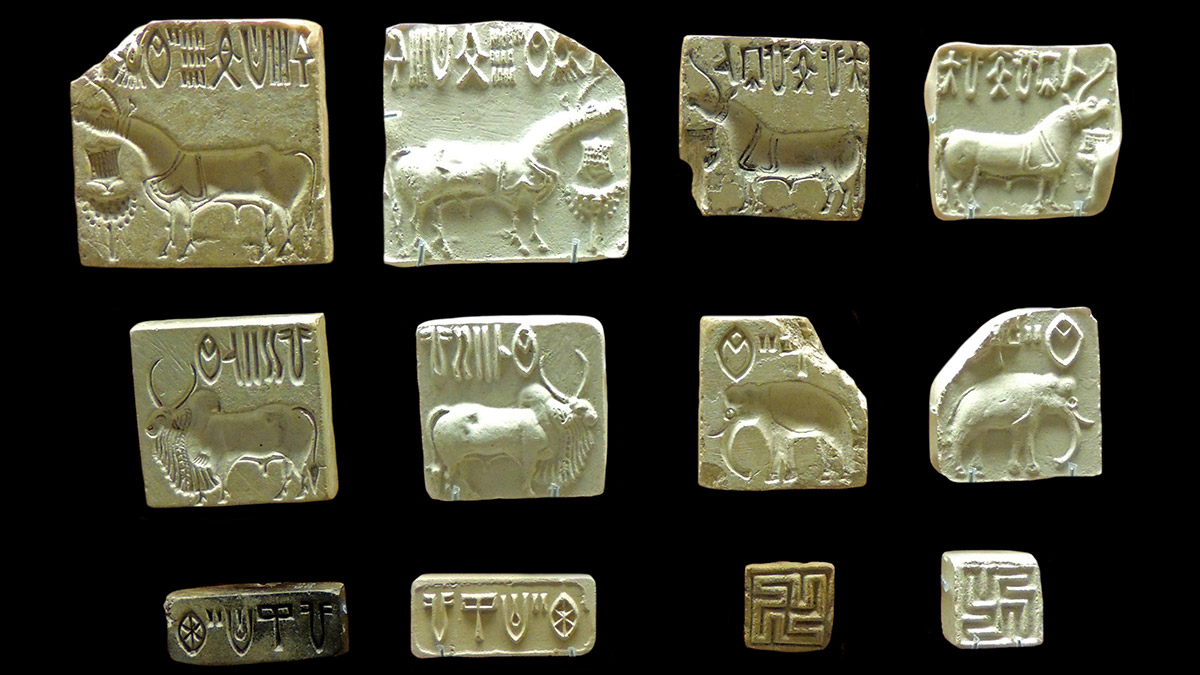
The Indus Valley civilization (sometimes called the Harappan civilization) flourished in what is now Pakistan, India, Afghanistan and Iran around 4,000 years ago and declined during a period of ancient climate change. People who lived in Mesopotamia had an active trading relationship with them and referred to them as "Meluhhans" in some Mesopotamian texts.
The writing system used by the people of the Indus Valley civilization is undeciphered, but makes use of a series of signs. Scholars hope that one day a text will be found that is written in both the Indus Valley language and a Mesopotamian language that is already known. If such a text does exist, it may be found in Iraq or on the coasts of Arabia where trading between Mesopotamia and the Indus Valley civilization occurred.
Linear A
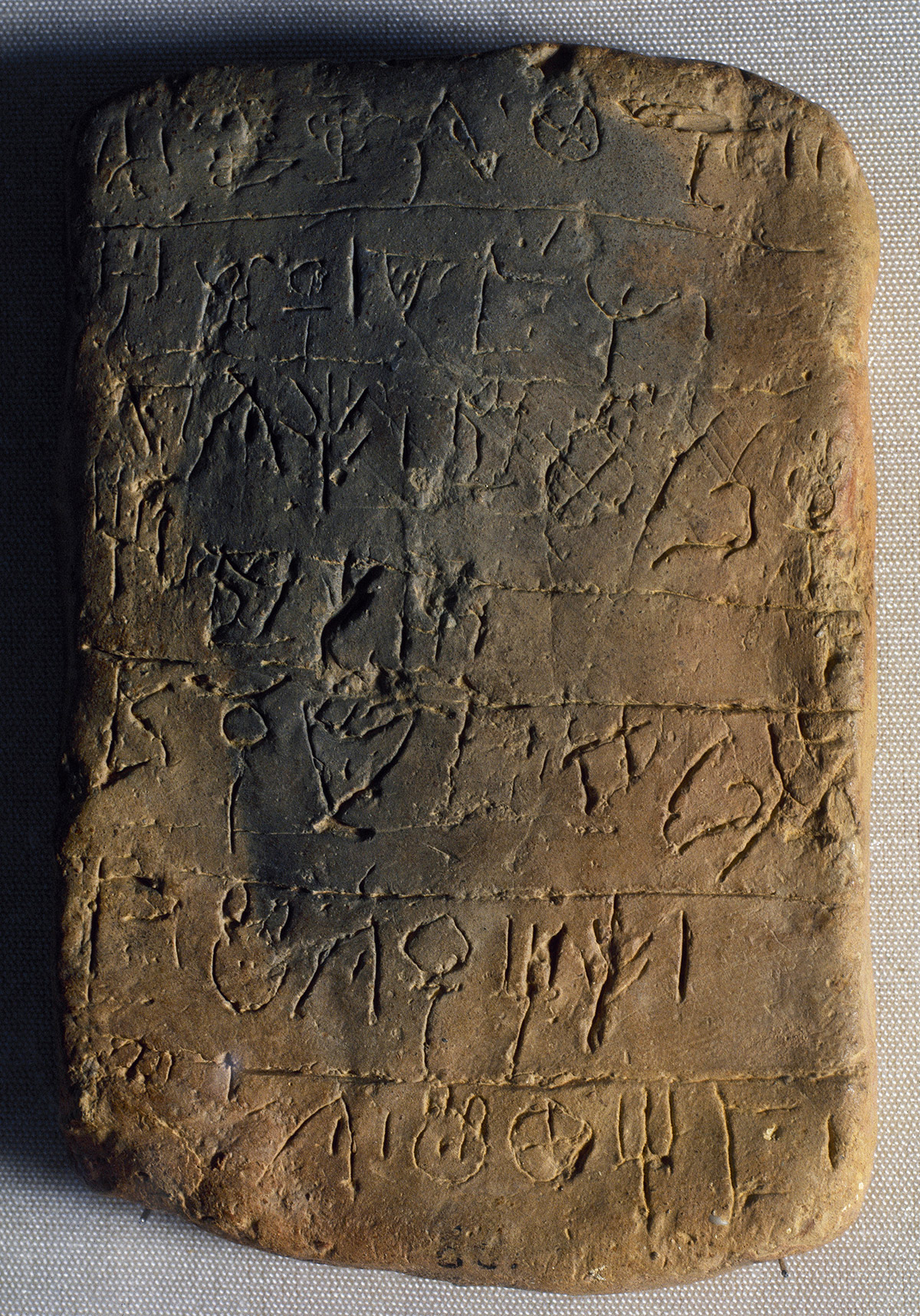
Linear A is an undeciphered writing system that was used by the ancient Minoans who flourished on Crete between roughly 2500 B.C. and 1450 B.C. The existence of the script was first noted by archaeologist Arthur Evans, who excavated the Minoan city of Knossos a century ago.
The eruption of Thera, which occurred around 3,500 years ago, helped bring about the end of the Minoan civilization. A new group which scholars call the Mycenaeans rose to power in Crete and used their own system of writing, that has been deciphered, which scholars call Linear B.
Proto-Elamite
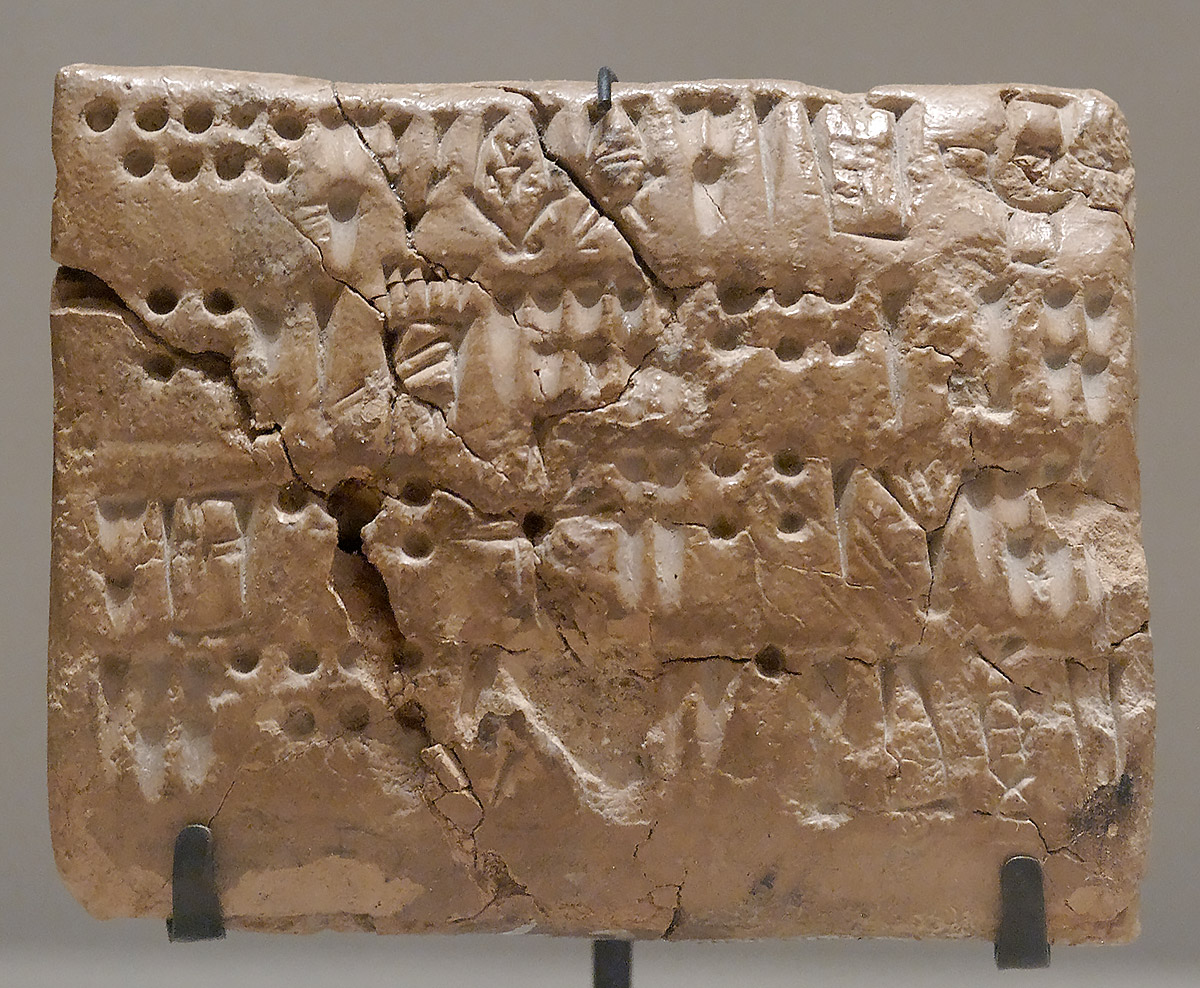
A writing system which scholars call Proto-Elamite was used in what is now Iran around 5,000 years ago. One of the earliest writing systems used by humans, it remains undeciphered.
Many of the surviving texts are now in the Louvre Museum and in 2013 an agreement was reached between the Louvre Museum and the Cuneiform Digital Library Initiative to digitize all the museum’s Proto-Elamite texts. It is hoped that the digitization initiative will make it easier for scholars to gain access to the surviving texts.
Cypro-Minoan
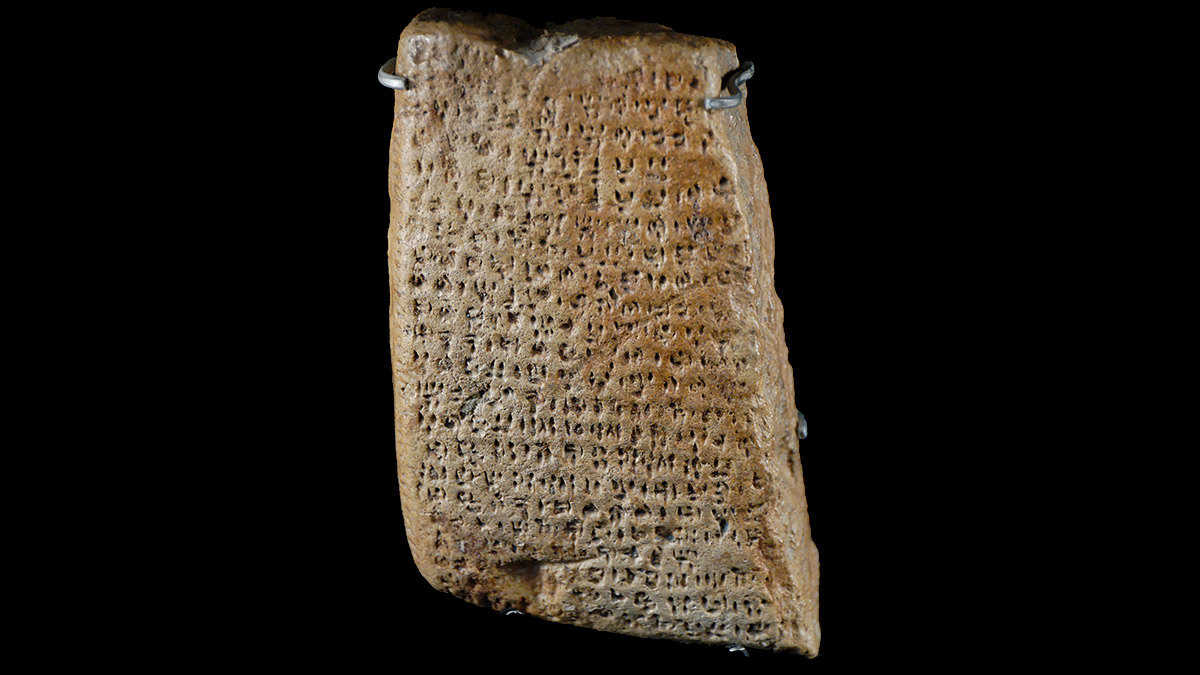
A writing system that scholars call Cypro-Minoan was widely used on Cyprus between the late 16th and early 11th centuries B.C. Only about 200 Cypro-Minoan texts still survive, of which "most are very short," wrote Nicolle Hirschfeld, a classical studies professor at Trinity University in San Antonio, in an article published in "The Oxford Handbook of the Bronze Age Aegean" (Oxford University Press, 2010).
The small number of surviving Cypro-Minoan texts and the short length of many of those texts make decipherment difficult, Hirschfeld wrote. "Decipherment is not possible unless substantial archives are uncovered or a bilingual [text] is discovered," Hirschfeld wrote.
Sign up for the Live Science daily newsletter now
Get the world’s most fascinating discoveries delivered straight to your inbox.

Owen Jarus is a regular contributor to Live Science who writes about archaeology and humans' past. He has also written for The Independent (UK), The Canadian Press (CP) and The Associated Press (AP), among others. Owen has a bachelor of arts degree from the University of Toronto and a journalism degree from Ryerson University.










